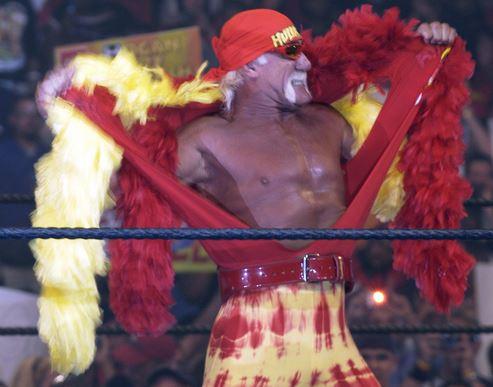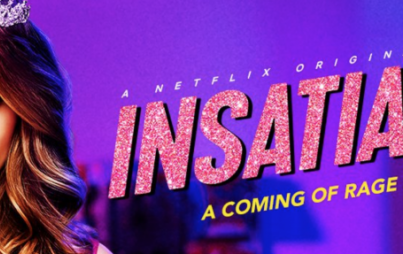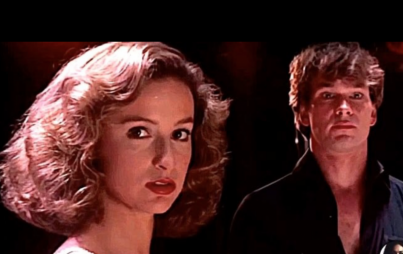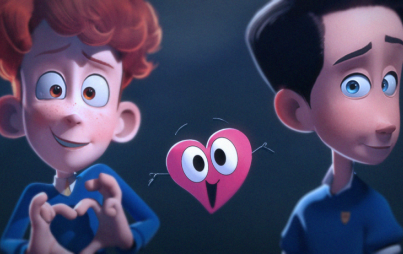
It should come as no surprise that professional wrestling is one of America’s most cherished guilty pleasures. Camp, testosterone, neon spandex—what's not to love? From 1980s stars such as Hulk Hogan, to 1990s performers like “Stone Cold” Steve Austin, to 2000s WWE studs including UFC champion Brock Lesnar, professional wrestling has managed to firmly wedge itself into pop culture with some truly fine athletic specimens and a healthy dose of over-the-top showmanship. Yet the nature of the industry has changed greatly over the years.
Pivoting off a new graphic memoir reflecting on the short life of professional wrestling icon Andre the Giant, writer Garret Martin takes us back to the heyday of professional wrestling to discuss the way art and media tapped into the theatrical sport during its two major eras: before wrestling acknowledged its “facade of reality,” and after.
Giving Up the Facade
For most of the sport’s history, the top priority among industry insiders was to deny to the public that its characters, narratives and actual fights were utterly scripted. This code of silence was called “kayfabe,” a nonsense word that first originated in pro wrestling’s beginnings on carnival circuits. Martin reports that “[b]reaking kayfabe could end a wrestler’s career overnight. Just being seen in public with a story line rival could get a wrestler fired.” The industry was convinced that people needed to feel the competitions were real (hard as that is to imagine), and any threat to that idea could spell disaster.
But kayfabe in the World Wrestling Federation couldn’t withstand a triple assault in the 1990s: increased public information via the Internet, more competition from rival wrestling groups, and a federal lawsuit which forced the WWF to admit the charade.
Despite the decades of kayfabe-dedication, the WWF was actually able to subsist just fine after the jig was up. The newly-named World Wrestling Entertainment now positions itself more as a form of reality TV (well known as a majorly manipulated genre) than a competition. And the WWE even habitually acknowledges its scripted nature. So clearly pubic fascination isn’t contingent on realism.
Media Portrayals of Wrestling
Historically, introspective literature and film has embraced dissecting the strange world of sports, what with its complicated tangle of talent, psychology, gender, economics and identity. But Martin argues that wrestling’s kayfabe-era determination to guard its fakery discouraged serious analysis. From B-movies, cartoons and TV shows to serious films like Sylvester Stallone’s “Paradise Alley,” the media treated wrestling as a legitimate—if low-brow—competition.
But with the death of kayfabe came a litany of wrestler memoirs and interviews revealing more about the actual dynamics of the mega-money-making industry. Martin writes that “an angle for genuine art about wrestling appeared,” citing movies like The Wrestler and Box Brown’s book on Andre the Giant, which focus on the relationship between wrestlers’ characters and real-life personalities.
Wrestling and Art Today
Depictions of wrestling in recent art primarily focus on the kayfabe days, and the difficulty the old wrestlers have had in adjusting to life outside the ring and their alter-egos. But the current incarnation of professional wrestling also casts a powerful force on its participants. Pro wrestlers continue to drug themselves into oblivion—for their mega-muscles, to party and mostly to self-medicate for chronic physical pain—and die at alarming rates. There’s even a website dedicated to the numerous pro wrestlers who have died before their 50th birthday. Competitions may be fake, but all the stunts take a very real toll on wrestlers' bodies. And yet the ranks are always full of wrestlers ever-eager to enter the arena.
There’s been some great journalistic coverage of current wrestling, but art is still focused on the past era. There’s truly endless sociological potential here—pro wrestling is such a bizarre but reliably popular phenomenon, and its relatively recent sense of self-awareness and acknowledgement provide novel fuel for artsy interpretation. Throw in the growing Latino element and the redneck-centered WWE, and we’ve got intrigue up the wazoo.
So filmmakers out there, get to! Dissect this newest incarnation of wrestling for us, and help us to understand our inner Neanderthal and our very strage desire to watch beefy men open a can of faux whoop-ass.
Image of wrestling god and spendex king Hulk Hogan: Wikimedia Commons






